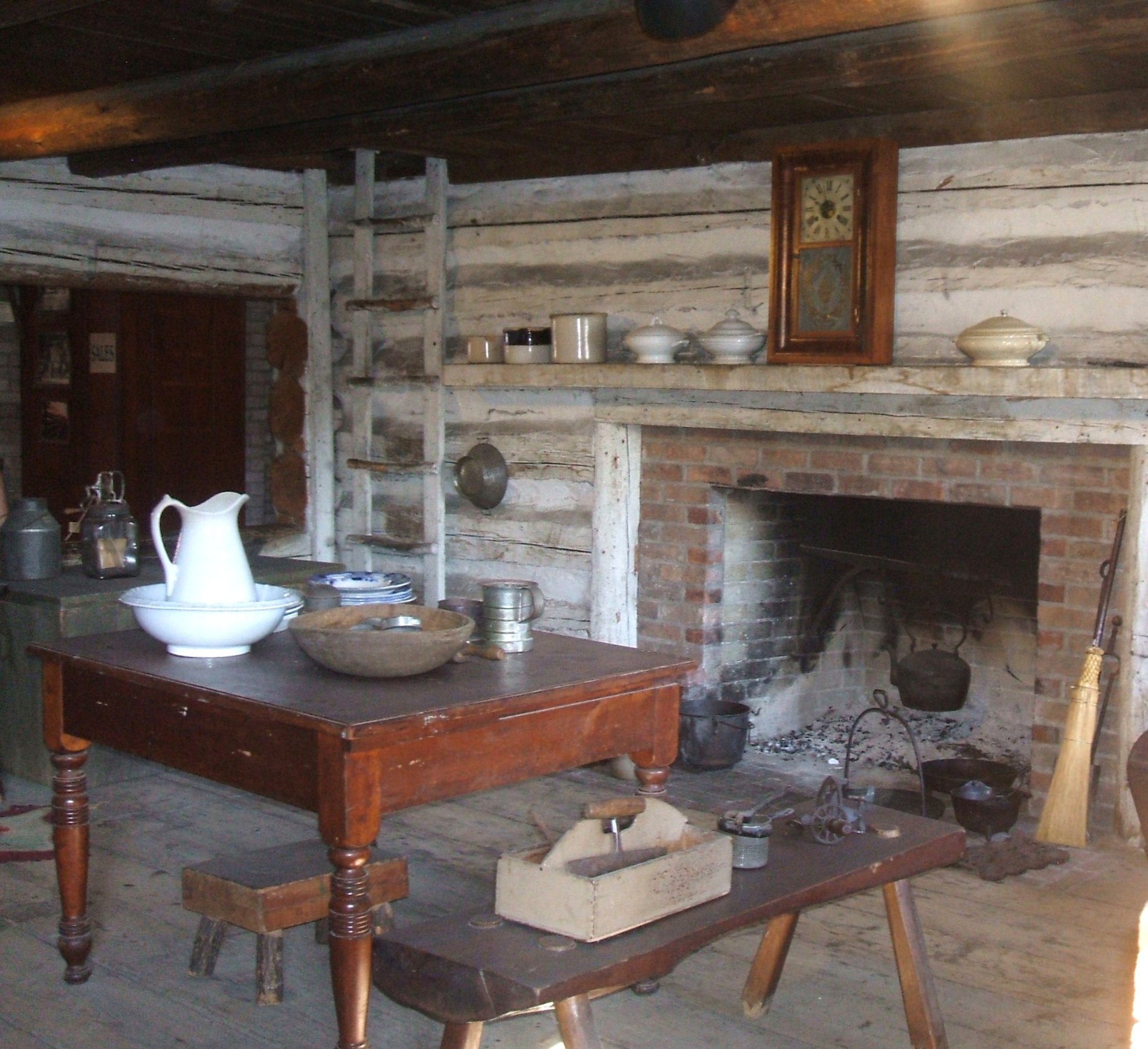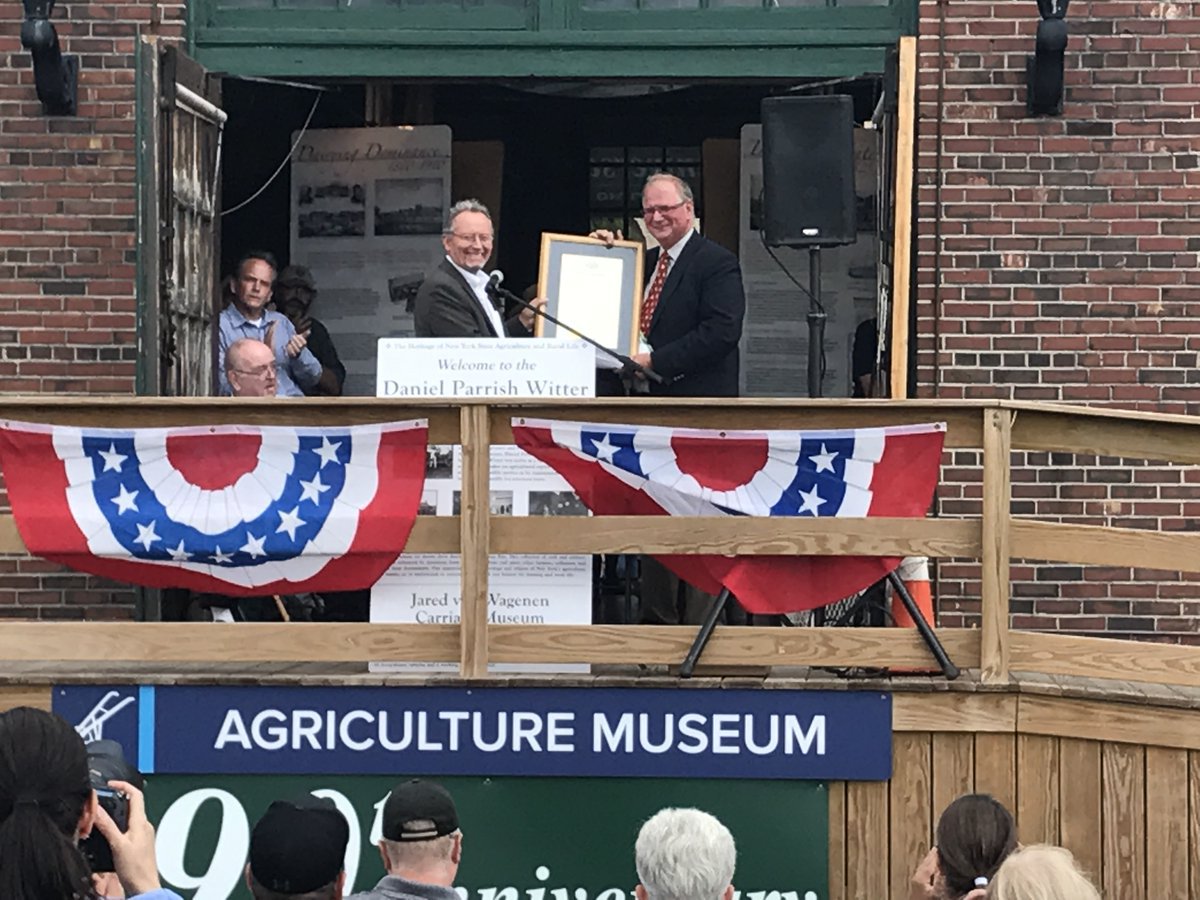
Witter Agricultural Museum
The purpose of the entity known as the Daniel Parrish Witter Agricultural Museum is to enhance, advise, promote, develop and assist in the operation of the museum to share the heritage of New York’s Agricultural development with museum visitors.
About the Museum
Located on the New York State Fair grounds, the museum will receive support in all ways including financial, spokespersons, proponents and fiscal help. The goal is to upgrade the museum to desirable standards that include recognition of the New York State Agricultural Society’s historical role. All funds received would be disbursed as authorized by the governing board as provided in the by-laws and would be in addition to the museum allocation in the State Fair Budget.
The Officers and Directors of the Friends of the Daniel Parrish Witter Agricultural Museum are as follows:
- President - Nathan Rudgers
- VP - Roger Thomas
- Secretary - Barbara LaPrease
- Treas. - Anthony Colangelo
Directors: Richard Church, George Hand, Bernice Potter-Masler, Greg Titus, Mark Twentyman, Bob Welcher, Bill Young
Ex Officio Directors: Nancy Weber, Museum Superintendent; Sean Hennessey, Fair Director; and Chris Kelder, NYS Ag Society President.
Emeritus Directors: Douglas Brodie, Robert Hill, Richard McGuire, Kenneth Pollard and David Tetor.

Historical Notes
The Beginning – Witter Museum was built on the New York State Fair grounds in 1928. The New York State Agricultural Society conducted the State Fair from 1850 to 1900, and was instrumental in the building and development of the museum. A memorial room in the museum was dedicated to the Society for its contributions.
1996 – A State Fair committee was appointed by the Ag. Society to evaluate the museum’s needs. The committee met with fair officials and plans were developed that resulted in several individual volunteers who explained to fair visitors the uses of various museum items and their relationship to the state’s rich agricultural history. A detailed survey was also made that recommended numerous improvements and suggested the formation of a Friends organization.
Historical Notes (cont.)
1997 – The Agricultural Society adopted a resolution supporting a Friends organization and provided a $1000 grant to assist in the development of exhibits and the program.
With the assistance of a major New York State retailer the successful exhibit with a theme of “200 years of bread making” was set up for State Fair visitors. Attendance in the museum showed considerable improvement and initial legal steps were started to develop an official Friends non-profit corporation. Volunteers again assisted fair visitors with exhibits throughout the museum.
1998 – The State Board of Regents approved and Friends of the Daniel Parris Witter Agricultural Museum became an official non-profit entity in midyear. The memorial room exhibit was expanded thanks to the sponsorship of a major milk company to include milk equipment used by dairymen in the early part of the 20th century. The bread-making exhibit was still popular and overall attendance continued to increase over previous years.
Volunteers continued to provide assistance as in the past and also assisted during a week in late spring when the museum opened for special tours by school children from the central New York area.
1999 –The Friends of Daniel Parrish Witter Agricultural Museum organized and elected directors and officers. The first board meeting was held and committees were appointed.
Similar exhibits are planned for the State Fair. The IRS approved and granted a 501c3 status to the Corporation, which enables those who provide financial assistance a tax benefit. Special promotional and membership programs are planned as well. Other areas are under review to provide financial assistance for the benefit and improvement of the Witter Museum.
Constitution & By-Laws
- Provide for a twelve member Board of Directors. In addition, Ex-Officio members include the Director of the State Fair, the Superintendent of the Museum and the President of the New York State Agricultural Society.
- Officers are elected annually and serve without compensation.
- Provision is made for the appointment of an executive committee.
- Membership is open to anyone who signifies a desire to become a member. The fee schedule provides several choices ranging from individual to life membership.
- Amendment of the constitution requires a 2/3 vote of members.

